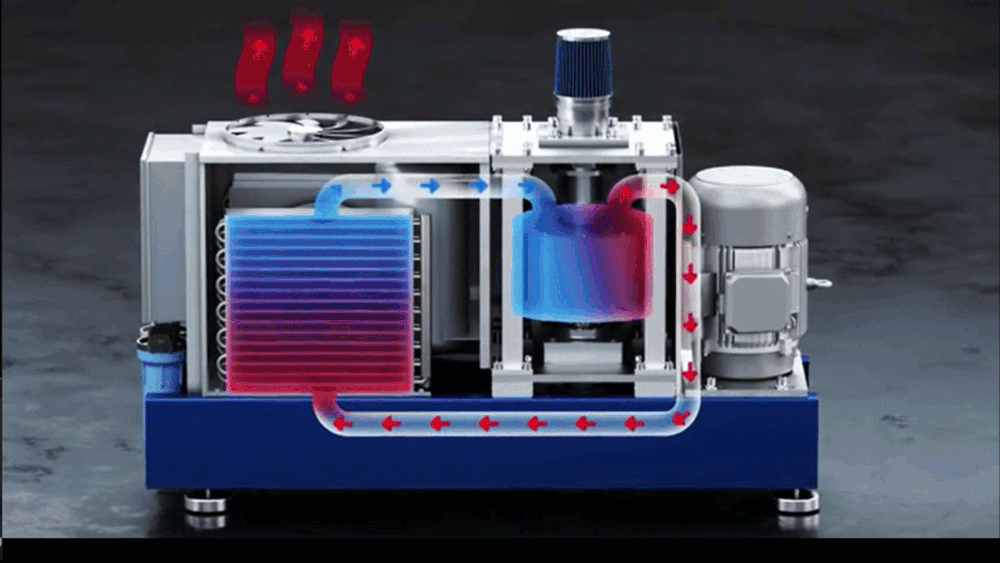What happened to the Neanderthals is a question we have been trying to answer for decades but no sure answers. One of the questions that a lot of people have been trying to answer is whether there was any overlap with the Neanderthals and prehistoric humans and if so when did that happen. One of the more popular theories is that the modern man would have fought with the Neanderthals and killed them all in a genocidal war. Other theories postulate that there was an overlap and the two inter-bred producing the modern human.
Now thanks to precision carbon dating and secure archaeological contexts researchers have a concrete idea and proof that the two cultures overlapped around 50,000 years ago in Israel’s Negev Desert. This is fantastic news because till now we only had a vague idea of when the overlap happened but now we have proof that both sides co-existed and interacted with each other. Thanks to carbon dating we have a solid timeline of when this happened.
The study, has been published in the prestigious Proceedings of the National Academy of Sciences of the United States of America (PNAS) journal last week. I can’t find a link to the study for some reason. Will update the post with the link once I find it.
“The dating of the site to 50,000 years ago proves that modern man lived in the Negev at the same time as Neanderthal man, who we know inhabited the region in the same period. There is no doubt that, as they dwelt in and moved around the Negev, the two species were aware of each other’s existence. Our research on the Boker Tachtit site places an important, well-defined reference point on the timeline of human evolution,” said Barzilai.
Written by a large team including Weizmann’s Boaretto and the IAA’s Barzilai, the PNAS article, “The absolute chronology of Boker Tachtit (Israel) and implications for the Middle to Upper Paleolithic transition in the Levant,” describes how recent chronological studies based on radiocarbon dating from other sites in the Levant spurred the team to rethink the previously recognized dating at the Boker Tachtit site, determined from earlier excavations.
So the team, funded by the Max Planck-Weizmann Center for the Integrative Archaeology and Anthropology, conducted new excavations from 2013-2015 and gathered very small individual fragments of wood charcoal. At least a millimeter in their longest dimension, the minuscule samples were analyzed by Boaretto and her Weizmann lab.
The samples belonged to four major species: Pistacia atlantica (a species of pistachio tree), Juniperus cf phoenicea (Phoenician juniper), Tamarix sp. (tamarisk, salt cedar) and Hammada scoparia. According to the article, the radiocarbon dating samples were from clear archaeological contexts that could be associated with significant flint concentrations, which provide a source of typological dating.
The C-14 dates and the optically stimulated luminescence (OSL) dates overlap between 50,000 and 44,000 years ago, a range of 6,000 years.
“We are now able to conclude with greater confidence that the Middle-to-Upper Paleolithic transition was a rather fast-evolving event that began at Boker Tachtit approximately 50-49,000 years ago and ended about 44,000 years ago,” said Boaretto in a Weizman press release.
This is very interesting and I am looking forward to reading more about the research and the implications of the same to our understanding of how we came to be.
Source: Prehistoric man lived with and loved Neanderthals in the Negev 50,000 years ago via
– Suramya
